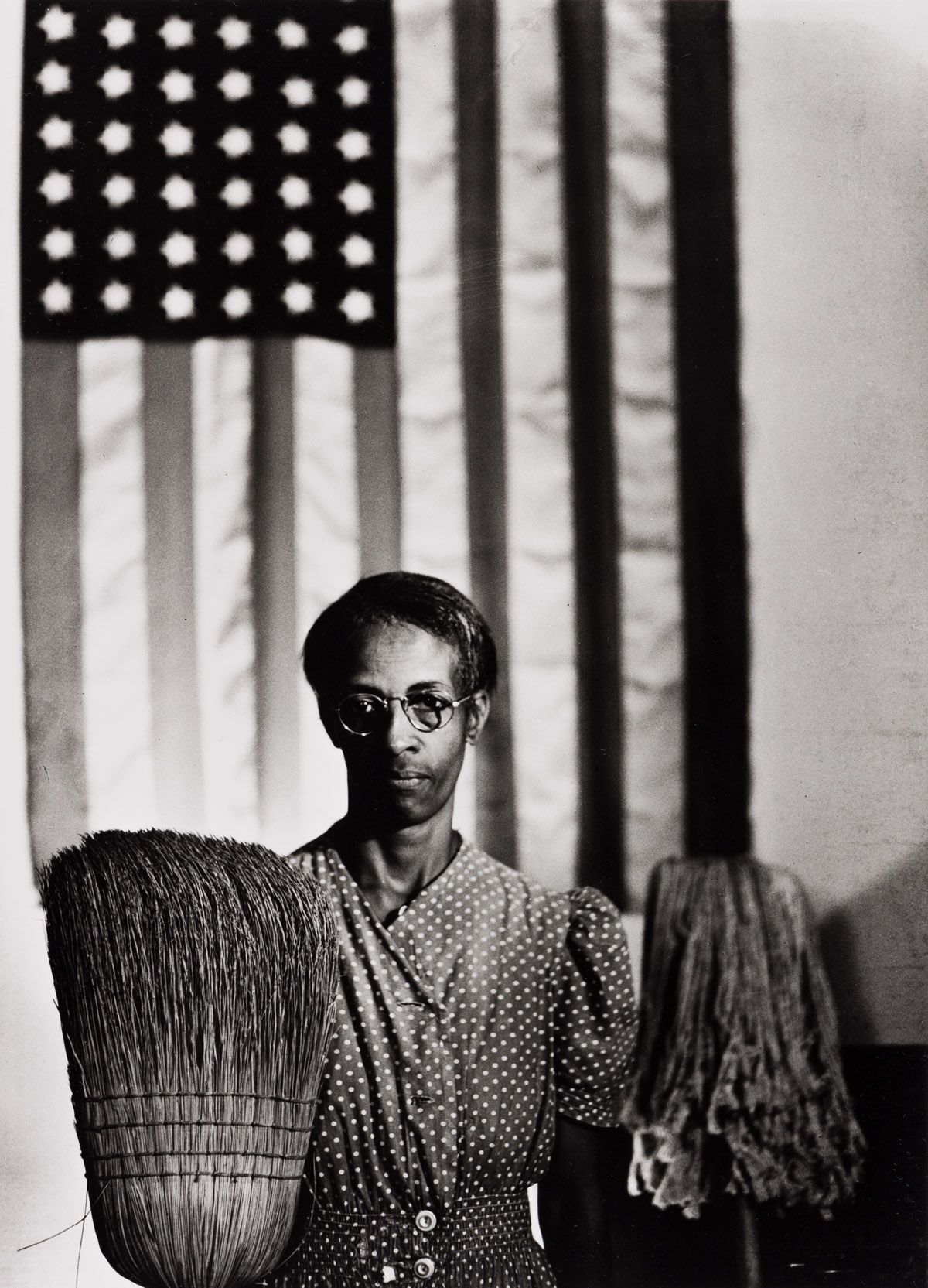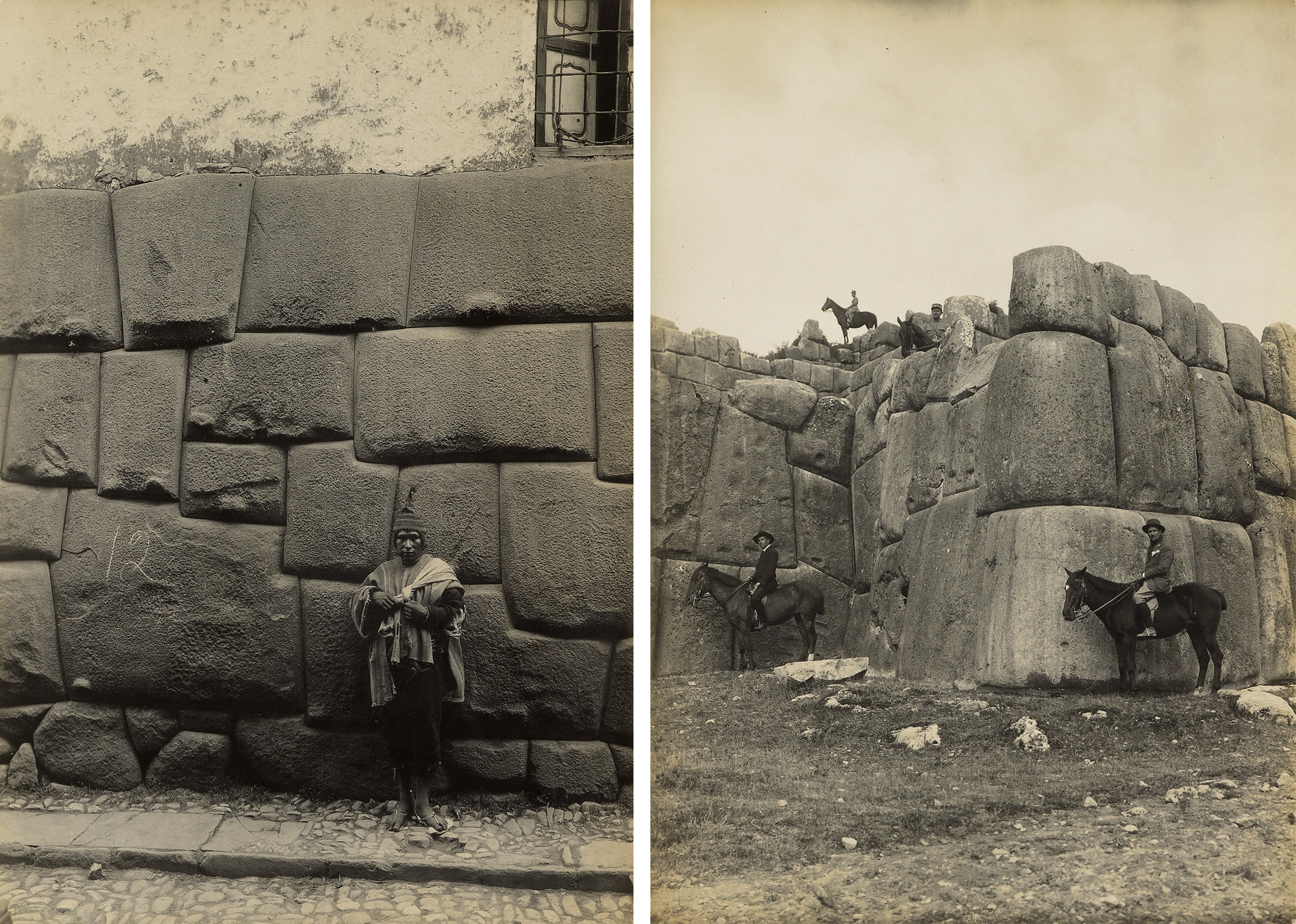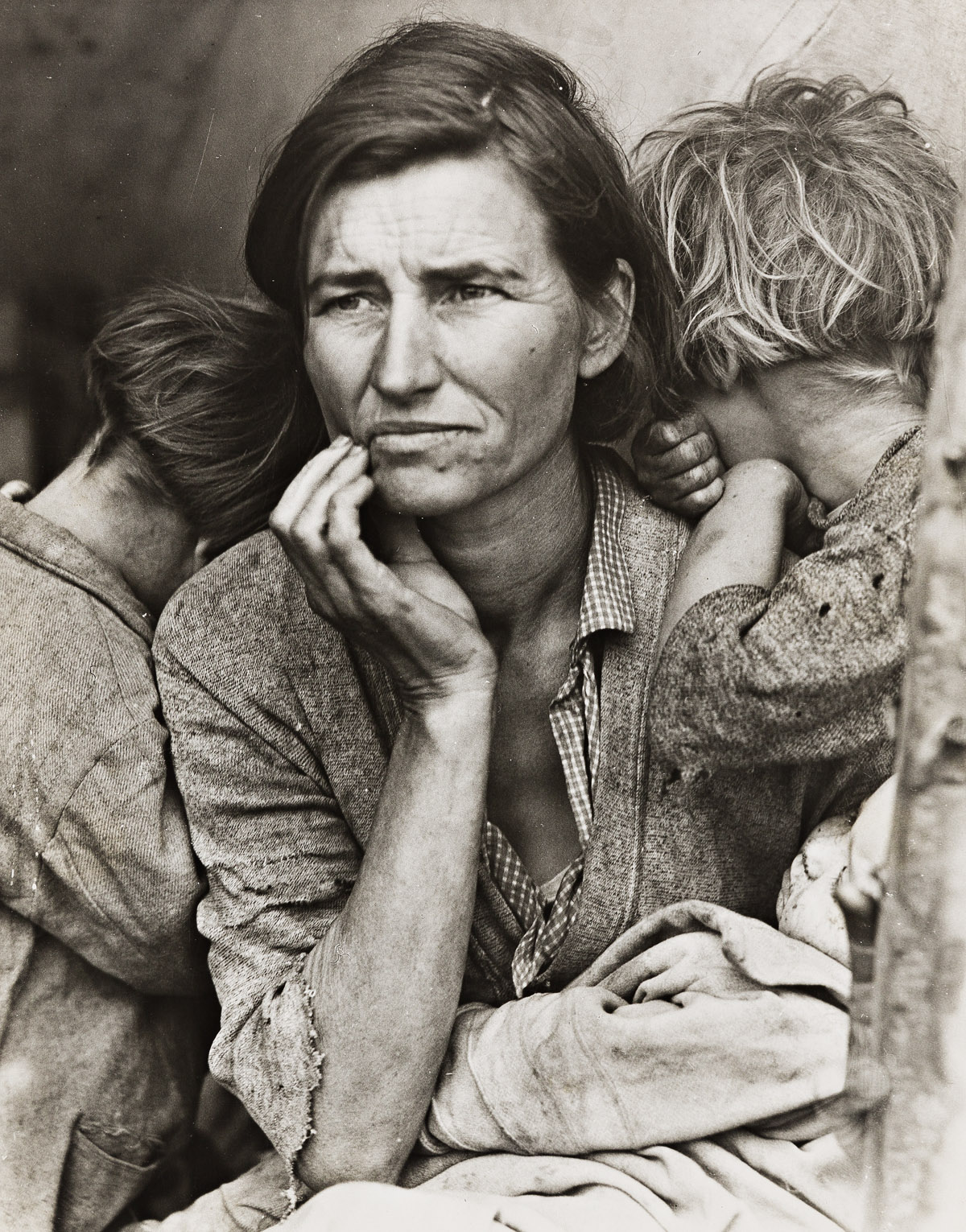Ansel Adams in Color!
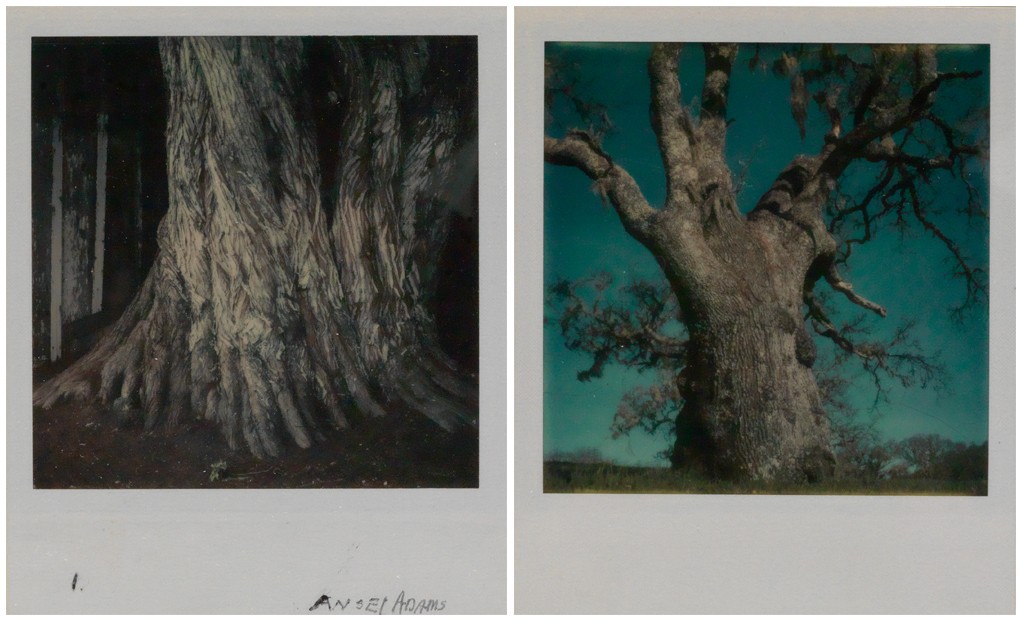
Known for his attention and passion for the technical aspects of print making, Ansel Adams became a consultant for Edwin Land and the Polaroid Corporation in 1948. He tested film and products for the ensuing 35 years, memorably noting in his posthumously published autobiography that, “Many of my most successful photographs from the 1950’s onward have been made on Polaroid film. One look at the tonal quality of the print I have achieved should convince the uninitiated of the truly superior quality of Polaroid film.”
Adams’s influence extended beyond the camera, in recruiting other well-known and important photographers to use Polaroid cameras and be incorporated into what became a landmark collection.
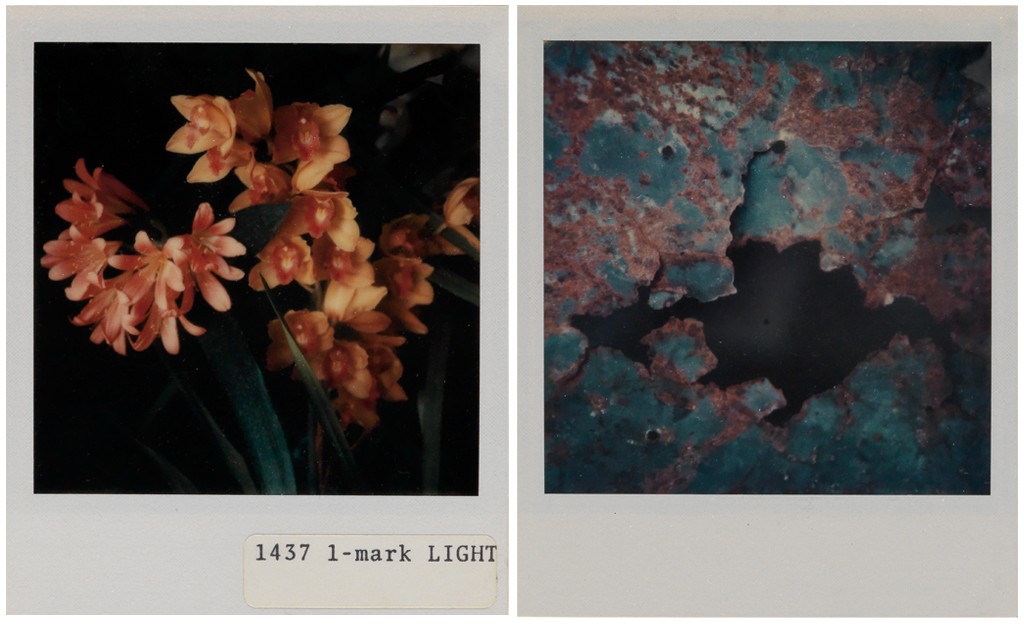
These small-format Polaroids represent two qualities not often associated with Adams: a small scale and color. Adams felt somewhat constrained by the color process, feeling he could exert little control over what he saw. Nonetheless, he wrote extensively about the process, describing his successes and experiments. These small studies also reflect Adams’s interest in expanding his notion of landscape photography by incorporating more details. And indeed, by focusing on the intimate, the whole, those broad, sublime landscapes, become clearer.

In this group of photographs, Adams seems to be considering the interplay between color, dimension and contrast. “Color, physically or psychologically considered,” he wrote, “is extremely complex. While we have good reason to believe all persons with normal vision see colors the same way, the significance of colors may vary with each individual.” Here, greens, oranges and blues layer, showcasing the texture and richness of Adams’s subjects.
